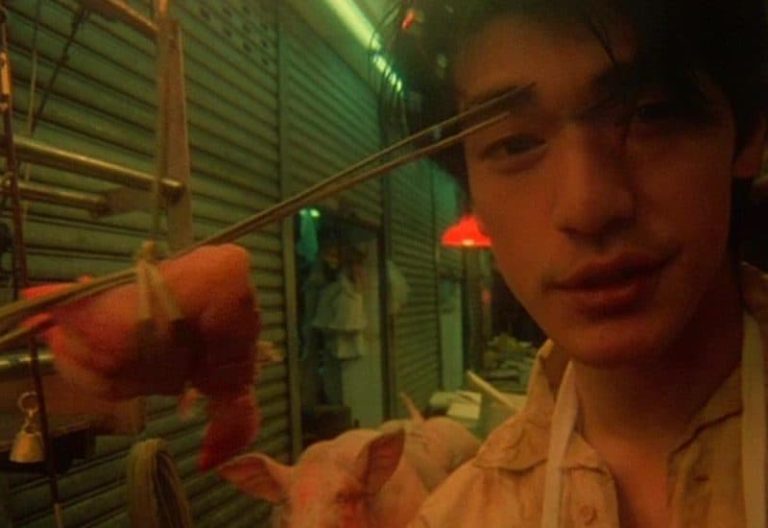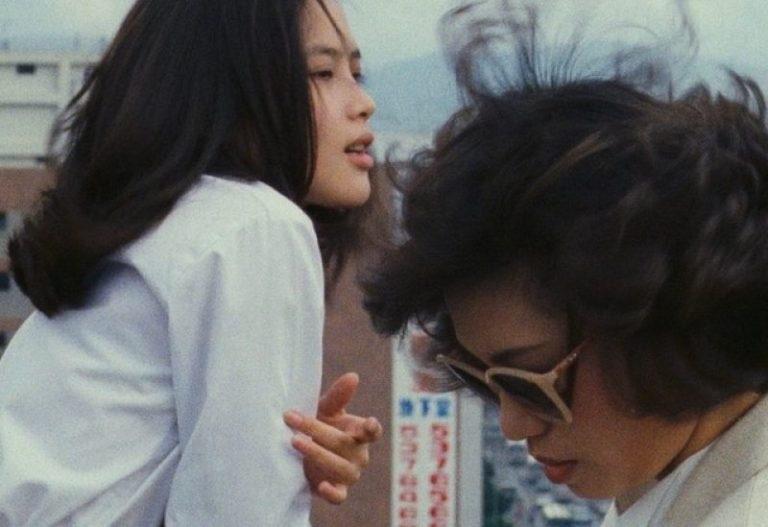philippine new wave
est. early 2000s – now
The Philippine New Wave, also known as the Filipino New Wave, is a currently active movement in Philippine cinema that unfolded in the early 2000s. It is characterized by a departure from traditional filmmaking practices and narratives, while embracing digital technology. The movement has gained worldwide recognition and has been pivotal in revitalizing Philippine cinema.
Published by: CinemaWaves Team | Filed Under: Film Movements
Origins of the Philippine New Wave
Following the first golden age (1950s – 1960s) and the second (1970s – early 1980s), the Philippine film industry experienced a dramatic decline in the mid-1980s to 1990s. Hollywood films increasingly dominated theater sales, and fewer than twenty local films were being produced yearly. As a result, many production houses stopped making films after losing millions of pesos.
The origins of the Philippine New Wave can be traced to the late 1990s and early 2000s, a period marked by significant technological advancements and a growing discontent with mainstream Philippine cinema. The cheaper production costs associated with digital media facilitated the rebirth of filmmaking in the Philippines. Several factors contributed to the rise of the New Wave movement:
Technological Advancements: The advent of digital filmmaking technology made it more affordable for aspiring filmmakers to create high-quality films without the need for expensive film stock and equipment.
Independent Spirit: Inspired by the global independent movement like Dogme 95, Filipino filmmakers began to experiment with new storytelling techniques and explore personal and socially relevant themes. This shift was a response to the constraints of the commercial film industry and a desire to present more authentic narratives.
Film Festivals and Workshops: Local film festivals and workshops played a crucial role as well. Festivals like Cinemalaya and Cinema One Originals provided platforms for independent filmmakers to gain wider recognition.

Characteristics of the Philippine New Wave
One of the defining features of the Philippine New Wave is its embrace of digital technology. The use of digital cameras and editing software allowed filmmakers to produce films on lower budgets, bypassing the high costs associated with traditional film production. This technological shift opened up new possibilities for expression and experimentation.
The New Wave films usually feature unconventional narratives, non-linear storytelling, and a focus on personal and social issues. Films tend to be more experimental in form compared to mainstream Philippine cinema. Directors frequently employ techniques such as long takes, minimal dialogue, and improvisation to create a more immersive and authentic experience.
Many films tackle issues such as poverty, corruption, and political unrest, and provide a raw and unfiltered look at Philippine society, highlighting the struggles of marginalized. This commitment to social realism has been a hallmark of the New Wave.

Important Filmmakers and Films
The most prominent figure in the New Wave, Lav Diaz is known for his black and white, epic-length, films that run for several hours. His works like “Evolution of a Filipino Family” (2004), “Norte, the End of History” (2013), and “From What Is Before” (2014), are critically acclaimed for their depth and artistry. Diaz’s films explore themes of history, identity, and social justice, providing a deep commentary on the unique Filipino experience. His contemplative style challenges traditional narrative structures, offering audiences an immersive and reflective viewing experience.
Known for his gritty and realistic portrayal of life, Brillante Mendoza‘s work is characterized by its unflinching depiction of social issues. Films like “Kinatay” (2009) highlight the harsh realities faced by ordinary Filipinos, shedding light on issues such as poverty, crime, and cultural traditions. Mendoza’s raw storytelling has made him a significant voice in the New Wave movement.
A key work in the New Wave, Auraeus Solito‘s film “The Blossoming of Maximo Oliveros” (2005) is known for its sensitive portrayal of a young gay boy in the slums of Manila. Solito’s films usually explore themes of identity, culture, and community.
Filipino New Wave filmmakers have gained international acclaim, with their works being showed in prestigious film festivals such as Cannes, Venice, and Berlin. This global exposure has brought attention to the richness and diversity of Philippine cinema.
Challenges and Legacy of the Philippine New Wave
Despite its successes, the movement faces challenges such as limited funding, distribution difficulties, and competition from mainstream media. Films struggle to find wide distribution, both locally and internationally, which can limit their reach and impact. Additionally, the dominance of commercial films in Philippine theaters means that New Wave films often have limited screening opportunities.
However, the resilience and creativity of New Wave filmmakers continue to push the boundaries of Philippine cinema, ensuring its evolution and relevance on both the national and international stage. Organizations and festivals dedicated to supporting independent cinema play a crucial role in sustaining the movement and providing platforms for new voices to emerge.
The Philippine New Wave remains a vital and influential force in contemporary cinema. By prioritizing authentic storytelling and social relevance, the New Wave has helped to redefine what Philippine cinema can be, making it more inclusive and reflective of the country’s diverse experiences.
Refer to the Listed Films for the recommended works associated with the movement. Also, check out the rest of the Film Movements on our website.
Emerging in the late 20th century, a film movement known as the Hong Kong New Wave, originating from the bustling neon streets of Hong Kong, while captivating global audiences…
In the mid-1990s, a group of Danish filmmakers, led by the visionary minds of Lars von Trier and Thomas Vinterberg, embarked on a cinematic journey that would disrupt the…
Taiwan New Wave, also known as Taiwan New Cinema, was a film movement that flourished during the 1980s and 1990s. It gained international acclaim for its exploration of complex…
Postmodernist film emerged in the latter half of the 20th century, rooted in the broader cultural and philosophical movement of postmodernism. It started as a reaction…
Arthouse film refers to a category of cinema known for its artistic and experimental nature, usually produced outside the major film studio system. These films prioritize artistic…
The development of slow, or contemplative cinema is rooted in the history of film itself. Understanding slow cinema involves examining its evolution from early influences to its…






